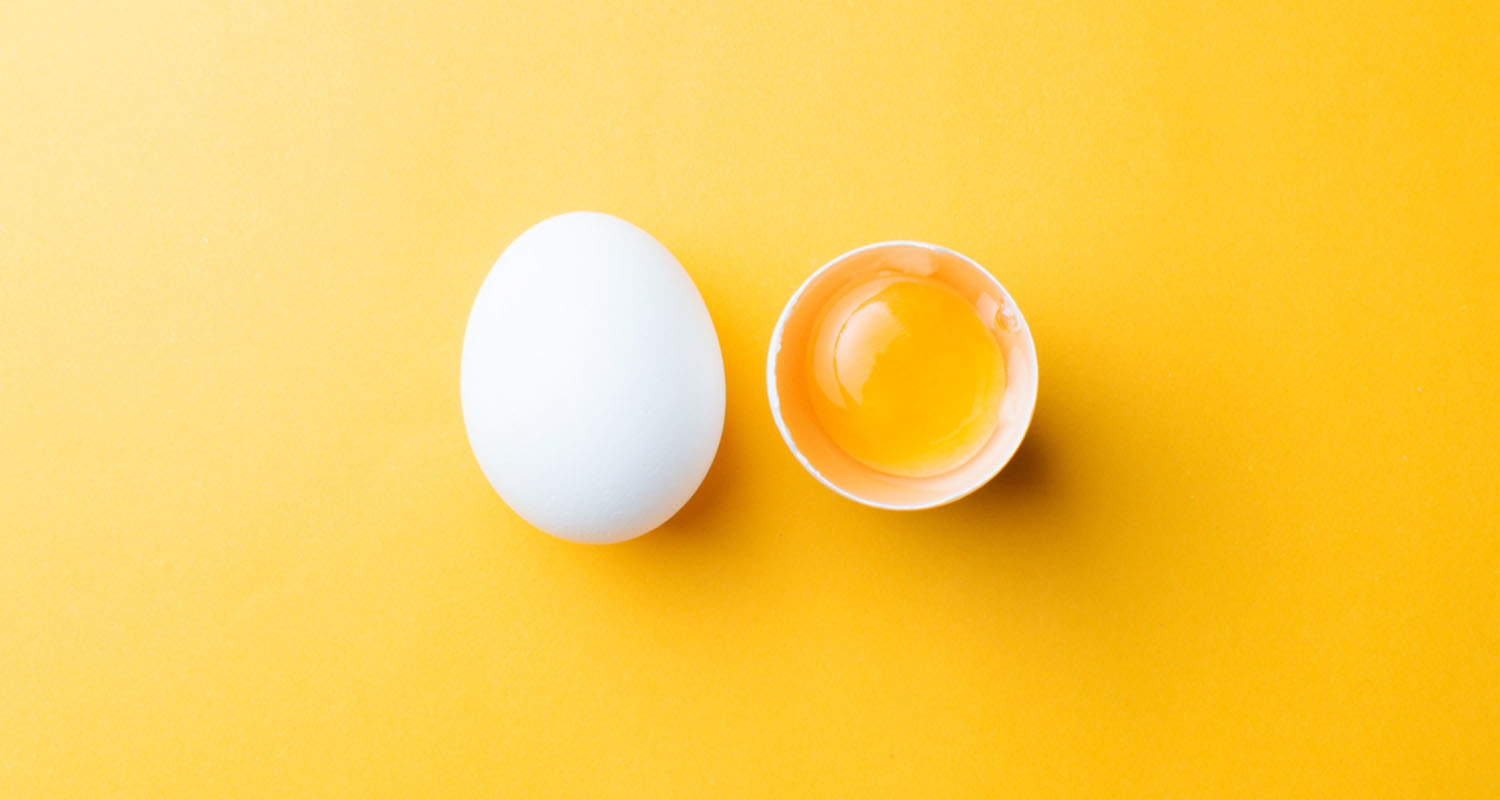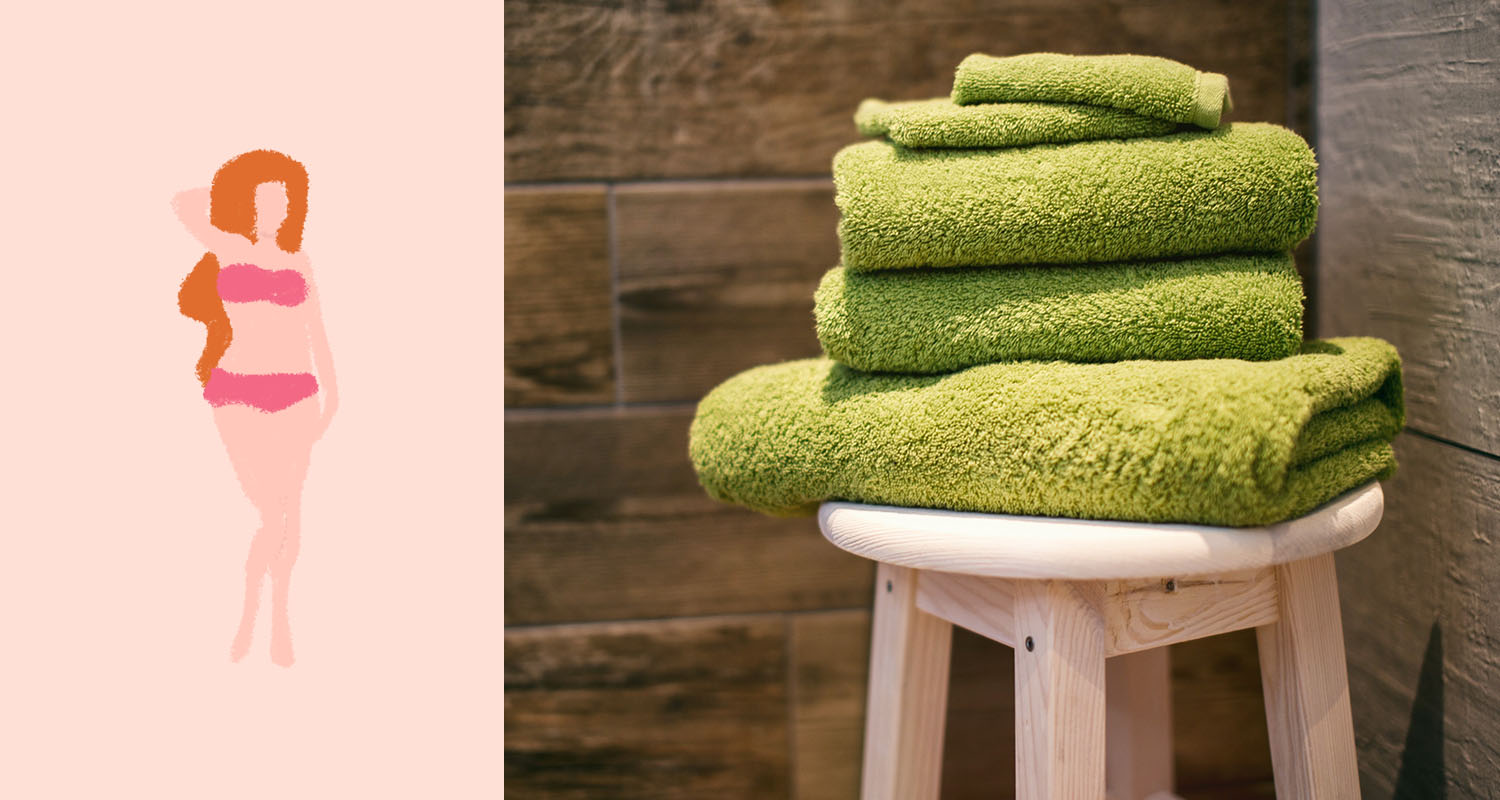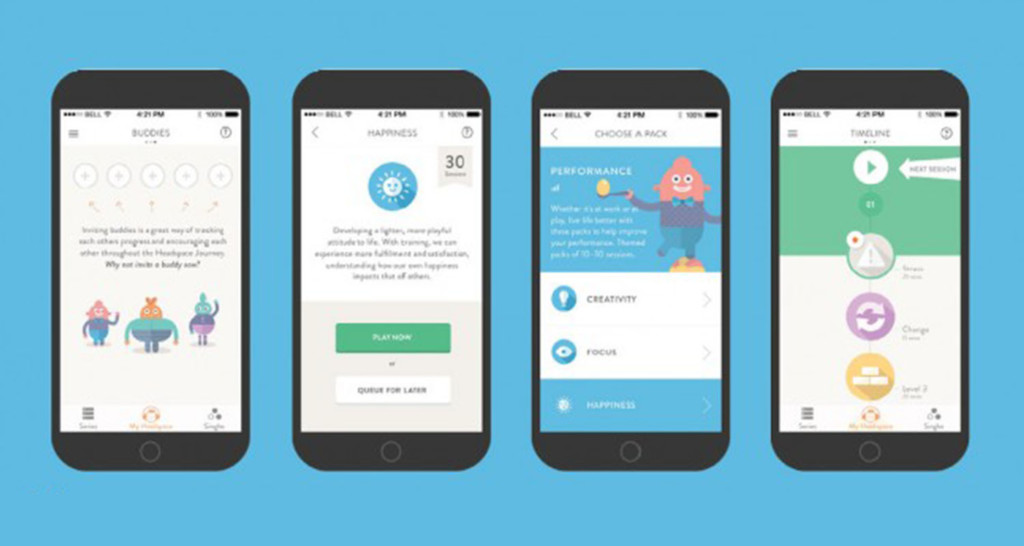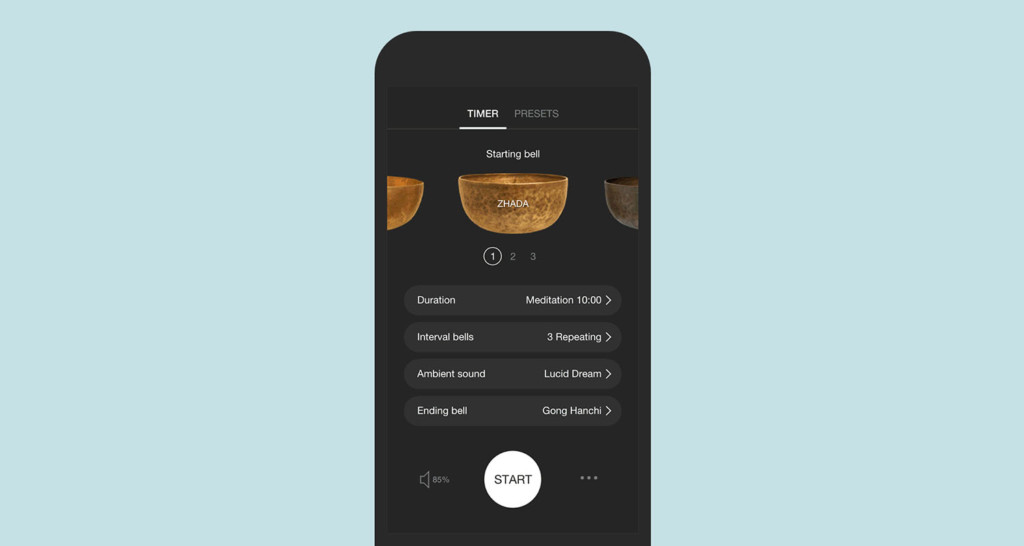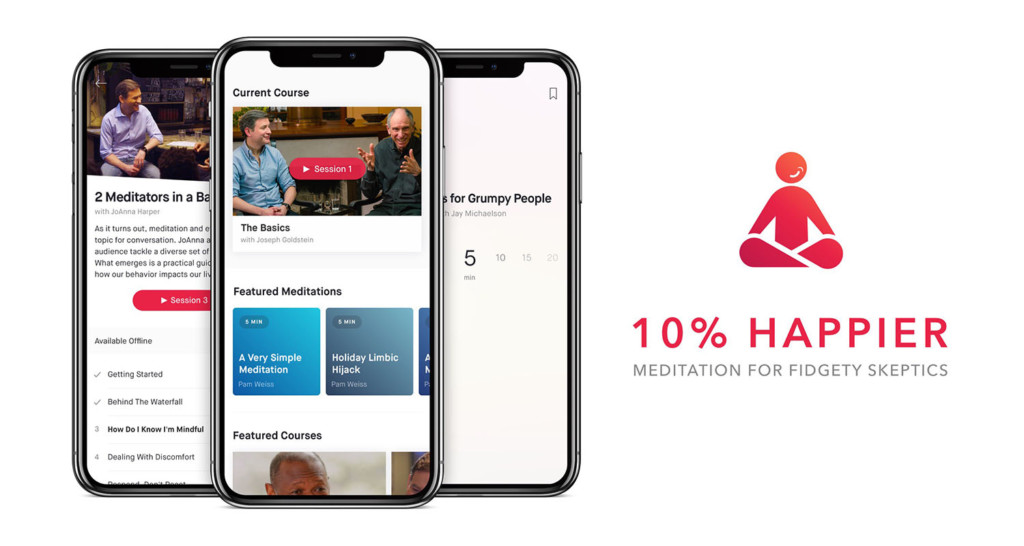[tldr]
- Conventional deodorant is notorious for being toxic and interfering with your body’s natural elimination systems, so you’re looking for the best natural deodorant.
- You’re probably skeptical about whether a little beeswax and lavender oil will do the job like the lab-created industrial chemicals do.
- Since everyone sweats differently and there’s so much variation in individual odor levels, what keeps your roommate fresh might make you capable of clearing a room upon arrival.
- Our team tested 10 natural deodorants to make your search easier.
[/tldr]
You’ve cleaned up your diet, and now you’re ready to clean your beauty routine, too. Still, you’ve been hesitant to ditch antiperspirant in place of natural deodorant. Sure, conventional deodorant is notorious for being toxic and interfering with your body’s natural elimination systems. But you’re skeptical about whether a little beeswax and lavender oil can do the job that industrial chemicals do. Spoiler alert: most natural deodorants can’t.
That’s why we did the dirty work for you and tested ten natural deodorants to find the ones that won’t leave you a stinky, sweaty mess.
Since everyone sweats differently and there’s so much variation in individual odor levels, what keeps your roommate fresh might make you capable of clearing a room upon arrival.
Here are the best natural deodorants that worked for us — and the ones that didn’t. During your own trial and error, keep in mind that it takes a good two weeks for your body to adjust to natural deodorant so stick with it before tossing (more on that below).
Schmidt’s Natural Deodorant

Schmidt’s deodorant offers seven different scents, plus six varieties of the sensitive skin formulation. Fellas, if you don’t want to smell like a field of flowers, you can choose fragrance-free, magnesium + charcoal, or a woodsy cedarwood + juniper blend.
Cost
$9 for 3.25 oz, travel sizes and multi-packs available. I snagged a stick for $3.99 at TJ Maxx, but you never know what they’re going to stock at any given time.
How well does it work?
Since Schmidt’s is on the lower end of pricing for natural deodorants, I expected it wouldn’t perform as well as higher end brands. It seems to keep the stench at bay, but that could be because I also drink about 20 oz of chlorophyll water every day now. I’m still sweating a lot, but that’s okay if I don’t smell bad while doing it. I found that if I had to go out in the evening, I’d reapply just before dinnertime to feel confident until I returned home.
Overall, the scent combinations are appealing and there’s something for everyone. I don’t need the sensitive skin formula but it’s important for a brand to have that available. Nobody wants fire pits.
Who might like it
Men who have been frustrated by natural brands having almost all feminine scents
Natural deodorant beginners who want to use an easy-to-apply stick
People who want affordability and variety without compromising effectiveness
Soapwalla Deodorant Cream

Soapwalla’s natural deodorant has some impressive ingredients in its jar. Jojoba oil, rosehip seed oil, and shea butter are super nourishing for skin, the clays are known for their ability to absorb toxins…the whole package looked promising. Soapwalla has a creamy texture and smells amazing.
Cost
$14 for a 2 oz jar
How well does it work?
It did its intended job well — my pits passed the sniff test well into the evening. It glides on easily and was easy to apply with my fingers instead of using a stick.
After a few days, I noticed redness on my underarms that wasn’t there before. I kept using it, and the irritation set in. My skin doesn’t react to much of anything, so that was a bummer. After reading the ingredients list, I wondered if it was because of the citrus essential oils. Citrus makes you more photosensitive and I was constantly outside during my test, so I wonder if the redness was a reaction to ingredients or an increased sensitivity to the sun.
Another possibility is that corn starch is causing irritation. If you have an overgrowth of the microscopic fungus candida albicans in your system (and a lot of us do, even though we don’t realize it), corn starch will feed it. Candida on the skin can be incredibly irritating, so if you’re setting out the buffet table for them, you can expect a reaction there.
Who might like it
If my guess about sun sensitivity is correct, people who live in colder climates and people who don’t spend a lot of time in the sun would like Soapwalla. It’s hard to say whether or not it will irritate your skin without trying it out for a few days.
Odor wasn’t an issue at all!
Tom’s of Maine – Long Lasting Deodorant in Lavender
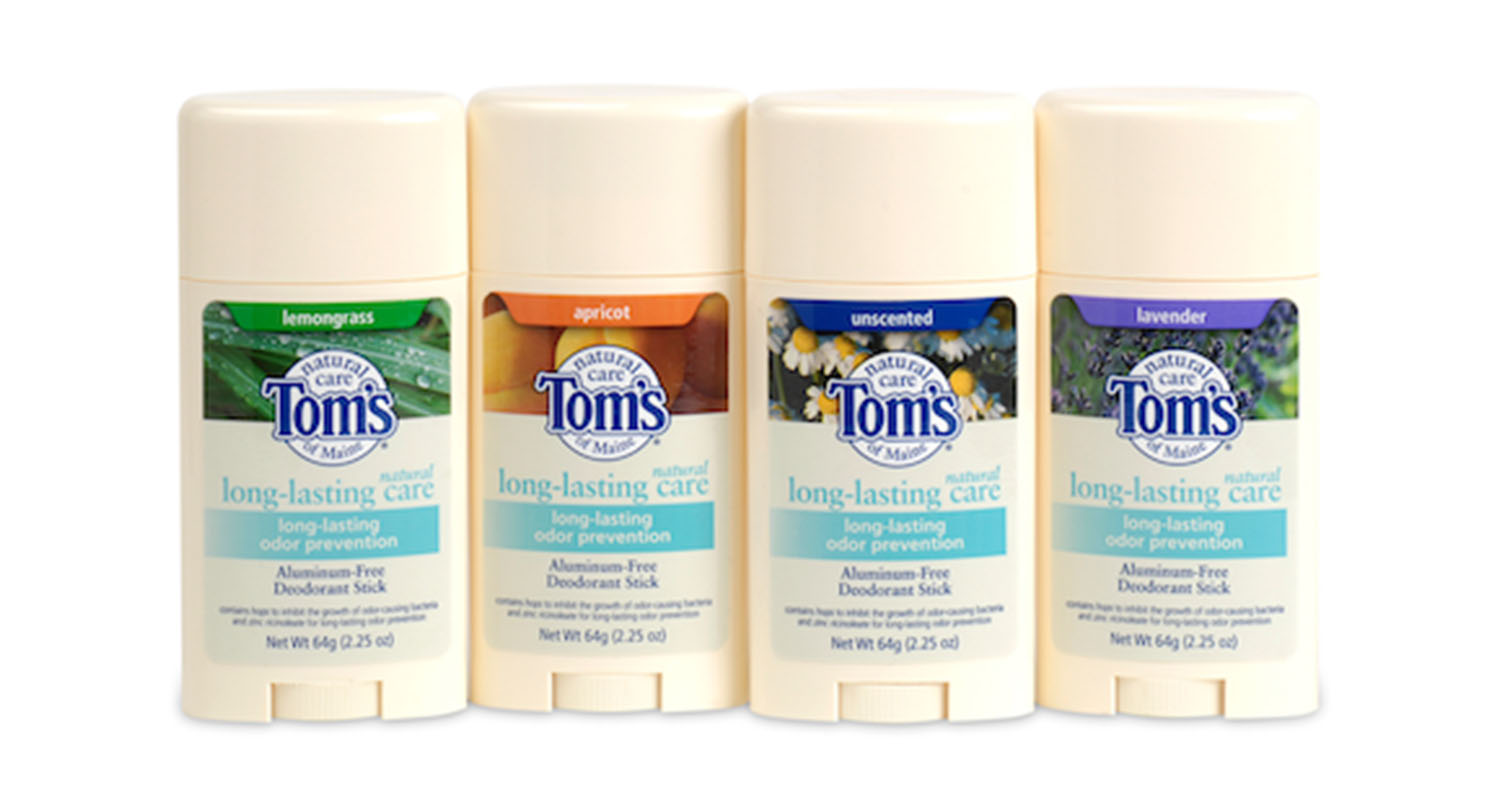
Tom’s of Maine is most well-known for its natural toothpaste, and has a full line of personal care products including lotions, soaps, shampoos, baby care products, mouthwash, and deodorant. You have a variety of scents and strengths to choose from, and you can find it at almost any grocery store or pharmacy.
Depending on how picky you are with what goes on your skin, Tom’s may or may not fit your definition of a non-toxic brand. Tom’s antiperspirants contain the aluminum salts that most people try to avoid by going natural, and a few of the deodorant varieties contain questionable ingredients like propylene glycol (which is also used as an aircraft de-icer).
We tried it anyway. Here’s the lowdown.
Cost
$4-7 for 2.25 oz
How well does it work?
I tested Tom’s deodorant for one month, and I’m sorry for anyone who stood next to me during that time. In hindsight, I think I smelled really bad for that short chapter. The turning point was when I went to get my haircut and told my stylist I was using natural deodorant and she asked which one, and I told her I’d been using Tom’s. And she replied, “Oh! That explains it. You REALLY have to reapply that stuff. This is not a once a day thing.” Message delivered, loud and clear. Or smelly and clear?
Who might like it
My hairstylist says it works great if you put it on every hour or two. So, someone who wants to keep it in their bag and will remember to reapply, and reapply again, will love it. It’s cheap and easy to find, so in that regard, it’s convenient.
Jason’s Purifying Tea Tree Deodorant Stick
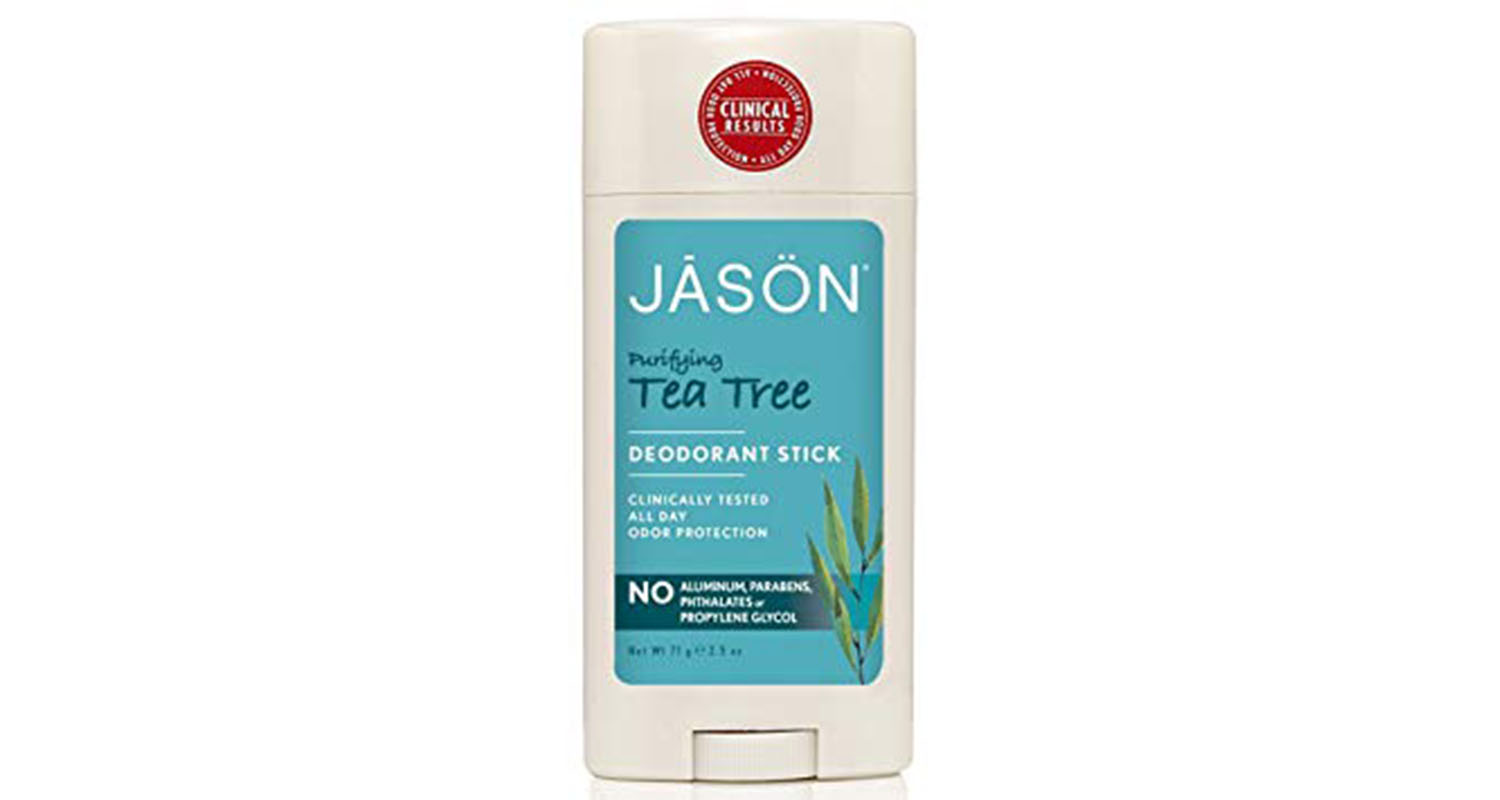
Another lower-cost natural deodorant, Jason’s deodorants come in nine different varieties including a dry spray. It’s a good one to reach for if you don’t want to spend a lot of money on your pits, but avoid it if you have sensitive skin.
Cost
$5 for 2.5 oz
How well does it work?
This one gave me a rash under my arms. Smell-wise, it performed, but the itching made it unbearable. It makes me wonder what ingredients react with my skin, and whether a different variety of Jason’s would irritate my skin or not. Also, it felt sticky from the time I applied it until it wore off.
At least I wasn’t smelly AND itchy. Glass half full!
Who might like it
Someone who wants an ultra-affordable natural deodorant option, but doesn’t have sensitive skin.
“The Crystal” Deodorant Stick
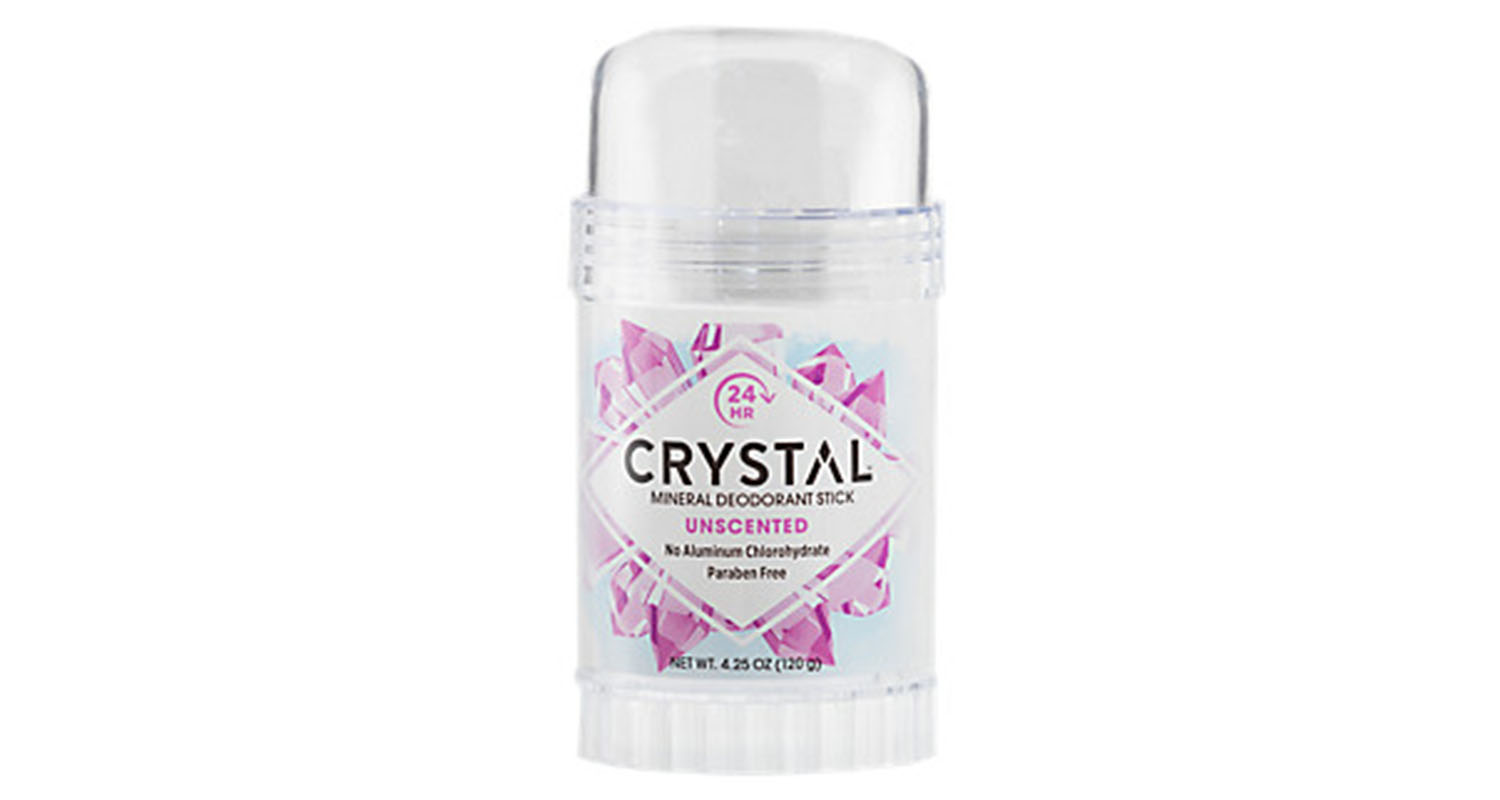
Keeping odor away with a crystal — there’s nothing that says “crunchy earth mama” better that that!
Except, what kind of crystal is it?
The crystal in the crystal body stick is a naturally occurring rock, potassium alum. Rocks are found in nature, so they can’t be harmful, right? Hemlock trees are natural, and those contain alkaloids that will paralyze your respiratory system. An extreme example, but it’s a gentle reminder that not everything natural is safe.
If you’re suspicious because part of that compound has part of the word aluminum in it, you’re on to something. When you switch from conventional deodorants, you usually want to avoid aluminum, and the crystal is made of an aluminum salt.
We tested it anyway, because the possibility that a crystal can keep odor away is something we had to smell for ourselves.
Cost
$7 for 4.25 oz (should last about a year)
How well does it work?
It doesn’t stop sweating, but it keeps odor away with no residue. I applied once in the morning and didn’t feel the need again, even late into the day.
One major perk is that it doesn’t leave a trace of anything on your clothes. If you wear a lot of white, you’ll quickly get frustrated with natural deodorants. They’re usually oil based and you have to get good at washing out pit stains. Staining isn’t an issue with the crystal.
Who might like it
Anyone who wants less chemical exposure, and really hates pit stains.
Lavanila: The Healthy Deodorant Sport Luxe

Winner of Allure’s “Best of Beauty” award, Lavanila deodorants appeal to the high-end beauty shopper and come in 13 different luxurious scents. We tested the newer Sport Luxe version, made for athletes, or intense sweaters. The brand also features a brush-on underarm charcoal detox mask that c
an help keep odor down when used one or two times per week.
Cost
$14 for 2.2 oz
How well does it work?
I am one of those people for whom sweat stains are a daily occurrence, even when using clinical-strength antiperspirant. Suffice to say, natural deodorants have never worked for me — and I’ve tried plenty (sorry, cubicle mates!). I was shocked when this Lavanila Sport Luxe stick went on dry and stayed that way for the entire morning (a record for me). While I have to reapply midday to stay fresh until bedtime, others I’ve recommended it to swear by its all-day lasting power.
Antimicrobial ingredients like rosemary, sage, baking powder, and green tea fight bacteria that cause stink, while cornstarch and silica sop up sweat. Whereas other deodorants irritate my sensitive skin, this one doesn’t.
And the scent: a fresh-out-of-the-shower soapiness that smells clean, not cloying.
Who might like it
Anyone who doesn’t mind paying for quality, and loves indulging in luxury beauty products with attractive packaging. If other natural deodorants have failed miserably for you, this one might make you a convert.
Kopari Coconut Deo

Kopari is a well-known clean beauty brand with a complete line of lotions, body oils, scrubs, skincare and more, and they put coconut in everything. Their coconut deodorant is one of their flagship products, so we tested it to see if it measures up.
Cost
$9 for 2oz
How well does it work?
I thought the price was approaching the higher range until I tried it. It’s not super soft so I think it will last a long time based on consistency.
It’s not an antiperspirant, but I felt this one kept me fairly dry relative to other brands. Kopari deodorant went on smoothly, seemed to absorb quickly (which is awesome because greasy pits are the pits) and it kept odor away until the middle of the evening. That’s when I feel the need to reapply most natural deodorants.
The scent is light, clean, and fresh. Even though the marketing claims you’ll smell like coconuts, I didn’t find the coconut scent overpowering.
Who might like it
Anyone who is OK with having just one scent to choose from, and wants a non-greasy formula that performs. This one is also good for those of us who like to wear white.
Primal Pit Paste
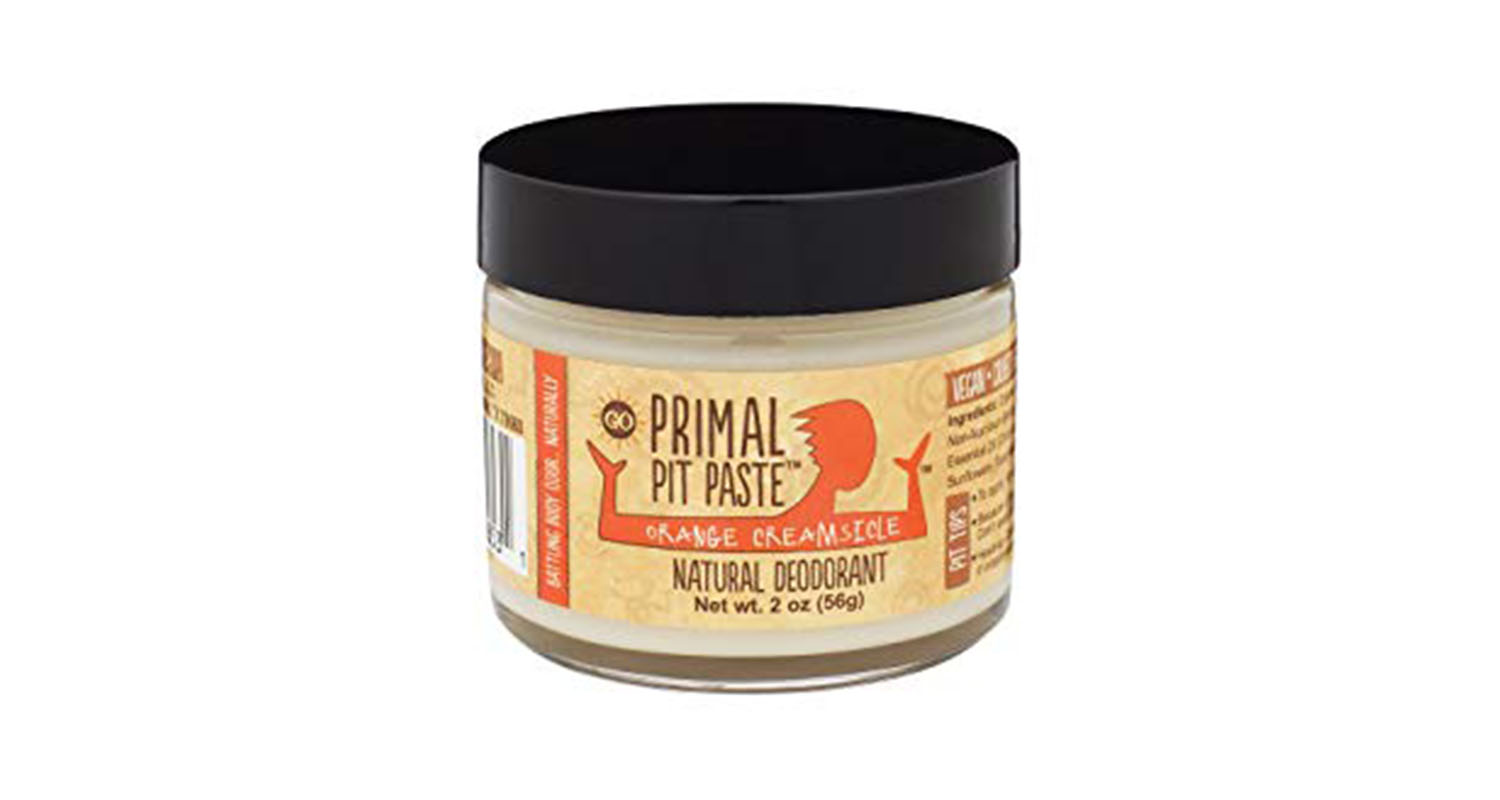
With nine scents, three strengths, two different kinds of applications, options for sensitive skin, kids’ deodorant, and a detox option, Primal Pit Paste is probably the most fun you can have with deodorant.
Cost
Jar: $9 for 2 oz
Stick: $11 for 2 oz
Minis: $4 for .25 oz or 6 for $20
How well does it work?
I tested the level 2 paste in a jar, in lemongrass. I found it to be a little on the crumbly side. Being the mad scientist that I am, I added Brain Octane Oil a few drops at a time until it took on a smoother texture. Since Brain Octane Oil is a lightweight oil (in kitchen cosmetics speak, that means it has a low molecular weight), it absorbs completely into your skin so I knew it wouldn’t make it greasy.
That small step created an effective deodorant that smells terrific, was easy to apply, and lasted all day, even through lifting days. That said, I don’t sweat much and I do pit masks regularly, which keeps odor down. Either that, or my friends are way too polite.
Who might like it
Anyone who likes a variety of scents and strengths to choose from, and likes to change it up from time to time.
Milk of magnesia

Yes, that milk of magnesia. You can put the world’s cheapest laxative on your pits and expect good things.
Pick some up in any grocery store or pharmacy, anywhere, and pour into your palm to apply. If you want to get fancy, you can pour it into a spray bottle and add one to three drops of your favorite essential oil, shake, and apply. Companies are starting to catch on, and you can find milk of magnesia packaged in a roll-on.
My mind was blown, too.
As a bonus, magnesium absorbs through the skin, so you get a little bit of a crucial mineral you need anyway.
Cost
About $4 for a 12-ounce bottle, which will last you approximately 10,000 years. That’s an exaggeration, but if you’re using your MoM exclusively as deodorant, it will last a long, long time.
How well does it work?
I’ve spent so much on fancypants natural deodorants over the years, and to be honest, most brands failed me (and anyone in nose-range of me) miserably. I’m so excited to have found a cheap, easy solution to odor.
Who might like it
Anyone who wants to save serious cash, but also wants a product that works.
Pro tip: make sure you purchase unflavored milk of magnesia, and ideally it should contain only magnesium hydroxide. Avoid brands that contain “sodium hypochlorite.” You don’t want to dose yourself with chlorine bleach every day, even through your skin.
Soda Wax

Soda wax is a small deodorant producer that offers seven natural essential oil-based scents, all of which are pretty amazing. The packaging drew me first — I love a catchy label.
Cost
$9 for 3.3 oz
How well does it work?
I thought Soda Wax does well at killing underarm odor. It didn’t help with perspiration much, but that’s not unique to Soda Wax. When you’re not plugging your gunk with aluminum, you sweat, and that’s a good thing.
It lasts a long time, both the tube and the odor protection. It’s a little stiff and hard to apply, but if you hold it on the skin for a few seconds before you swipe, it glides on a little better.
Who might like it
The green being — anyone who wants to reduce the toxic burden of their morning routine.
Also, men. A lot of natural deodorant companies simply do not cater to men, and this one has several scent choices that men would like. Plus, the packaging has a nautical barbershop kind of feel to it, so this might be one to use to convince the men in your life to go non-toxic.
DIY deodorant paste
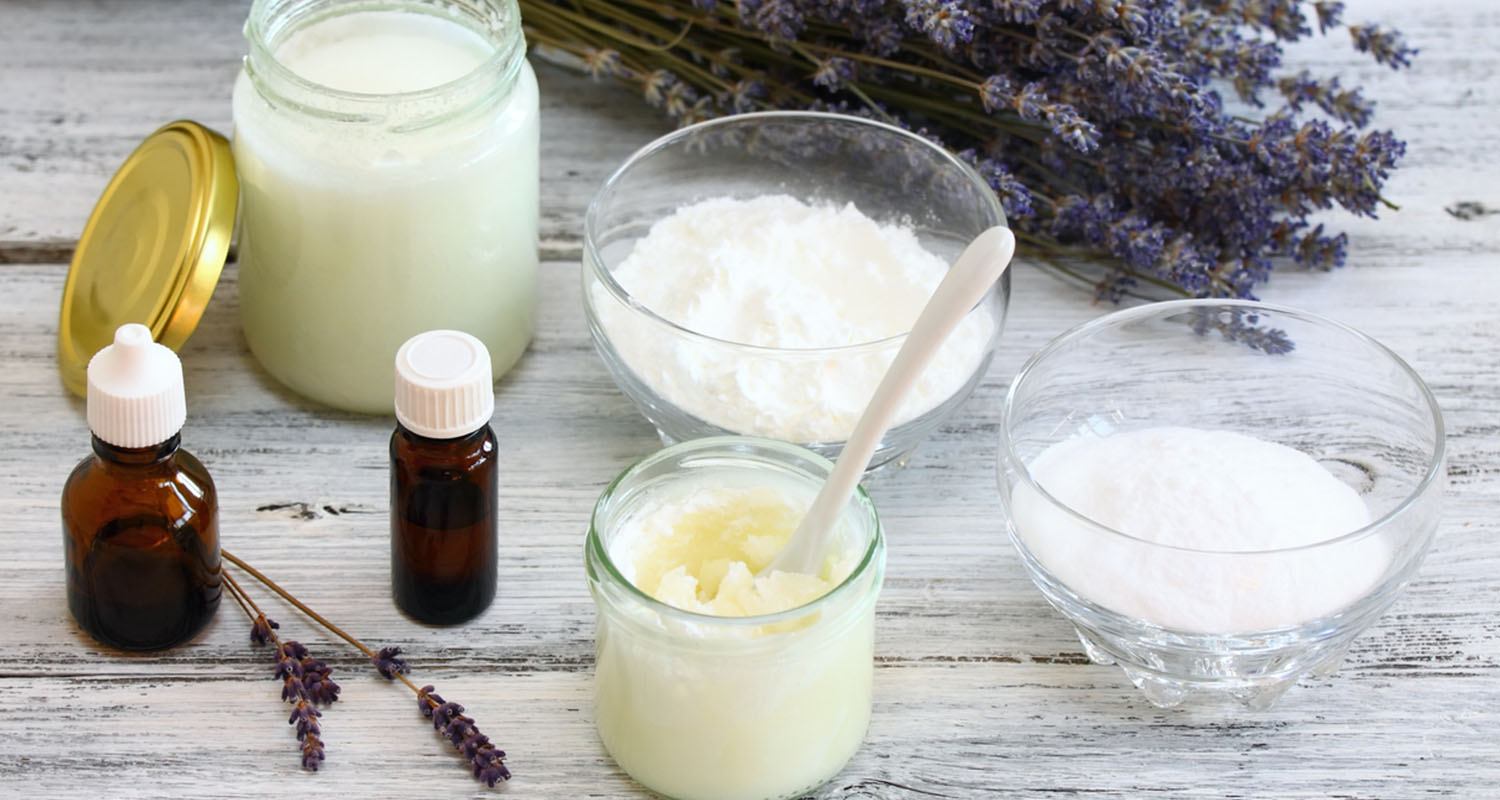
If you’re less than impressed with what you’ve tried so far, why not mix up your own? There’s a good chance you have everything you need in your pantry right now.
How to make DIY natural deodorant
In a water bath, heat 5 T coconut oil in a 4oz mason jar, just until soft and easy to mix
Add:
- 6 T arrowroot powder
- 10 drops of your favorite essential oils
- 1/4-1/2 tsp Brain Octane Oil (optional – makes the paste silkier and easier to apply)
Mix well, and let it stand to cool and solidify into a paste. Store it anywhere in your bathroom and apply with your fingers.
Who might like it
The kitchen scientist who likes to experiment ingredients and scents, and also likes to save serious cash on DIY personal care products.
What to expect when switching to natural deodorant
The typical story of switching from conventional antiperspirant to natural deodorant goes like this…
Days 1-3: You apply in the morning per usual. No matter which one you start with, you decide that it’s the best natural deodorant ever. You don’t have a trace of odor, and you smell like real fruit and flowers. You decidedly will never go back to toxic aluminum-based antiperspirants again.
Day 4-6: You catch the first whiff of your own natural odor, which makes you hyper-aware of the smell you’re emitting. You sniff check several times per hour. Toward the end of the day, you’re convinced you smell like a bag of hot garbage.
Day 7: You’ve had enough. You’re back to the big box store to get the name brand stuff again.
What’s actually happening when you quit antiperspirant
What you may not realize is that conventional antiperspirant hangs around for a while. It literally plugs your pores with aluminum every time you apply it, so it may last for a few days after you stop using it. So, the first few days you use natural deodorant, you’re applying it on top of the antiperspirant you used a few days ago.
And then, the old antiperspirant finally washes away, and the floodgates open. All the sweat, bacteria, and odor it has been holding back comes out of your pores, seemingly all at once. That’s a great thing for your body, not so great for your nose.
After about two weeks, things even out. The accumulation of odor-causing sweat and bacteria has washed away, and since you’re not using antiperspirant anymore, you’re only dealing with the sweat from the day, not a backlog of it.
So, before you decide that your natural deodorant doesn’t work, give it a few weeks weeks for your body to adjust.
It might take a bit of trial and error to find the best natural deodorant for you, but it’s worth it in the end. Aluminum is terrible for you, and sweating is there for your benefit. You can sweat and smell terrific, if you’re willing to try a few different odor control methods along the way.





